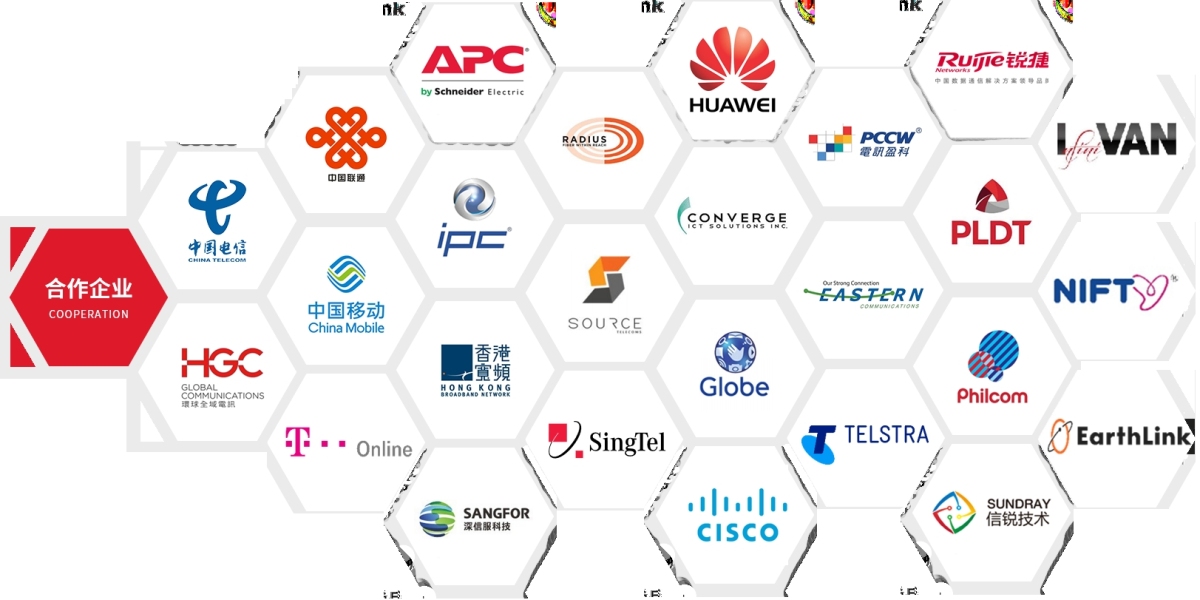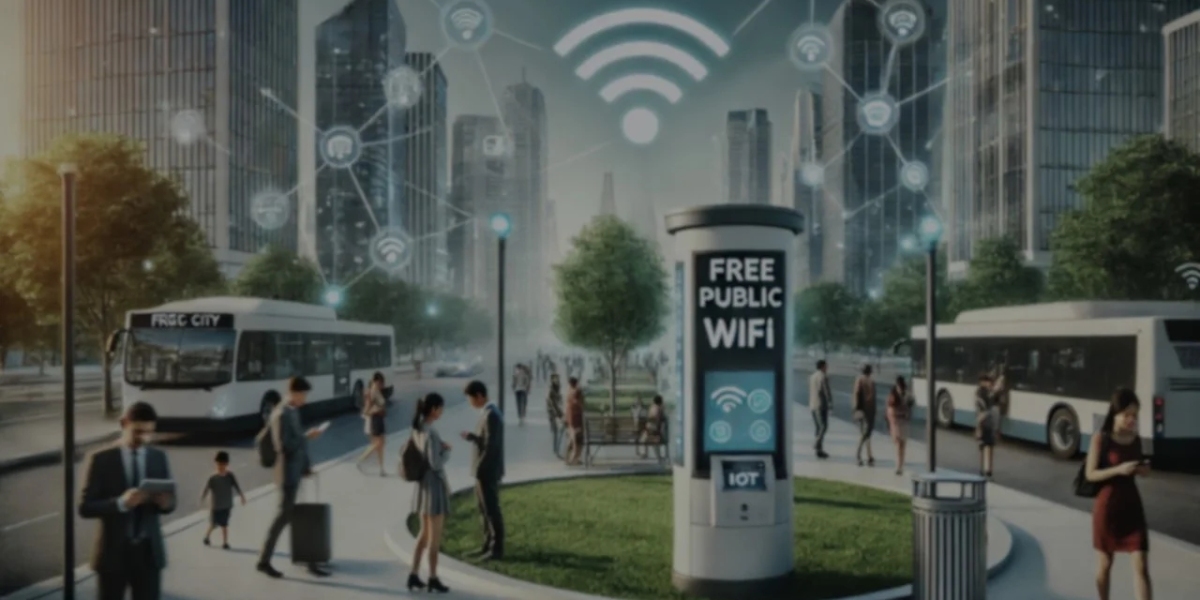1. National Smart City Programs
Countries like the Philippines, Thailand, and Indonesia have launched national smart city frameworks.
Philippines: The "Digital Cities 2025" program aims to develop digitally-enabled communities in 25 strategic locations.
Thailand: Bangkok’s “Smart Metro” project and Phuket’s smart city pilot are notable.
Indonesia: The 100 Smart Cities initiative aims to digitally transform urban governance.
2. Public-Private Collaborations
Tech companies are partnering with governments to co-develop platforms and infrastructure. Huawei, Cisco, Microsoft, and regional players like Suniway are key enablers.
Examples:
Cloud-based disaster response platforms
AI-powered traffic and surveillance tools
Municipal ERP and digital ID systems
3. Smart Energy and Green Cities
With rising energy demands and climate concerns, Southeast Asian cities are investing in renewable power and energy efficiency.
Solar microgrids for public housing
Smart metering for real-time billing
Building energy management systems (BEMS)
4. Localized Solutions for Informal Communities
Given the region’s high urban poverty rates, smart city plans are increasingly designed with slums and informal settlements in mind.
Low-cost mesh Wi-Fi networks
Community health monitoring apps
Mobile-based service access for undocumented residents
5. Use of Local Language and Culture in Design
Smart city platforms are being localized not just linguistically, but also socially. Tools are being designed for use in Tagalog, Bahasa, Thai, Khmer, and other languages.








